
November 2015 Issue
Monday, 03 August 2015 03:00The Gold Medal Classroom The official ezine for CAFE November 2015 issue

The Gold Medal Classroom The official ezine for CAFE November 2015 issue
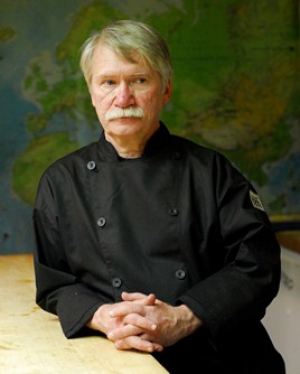
Becoming unique, contemporary and benchmark setting defines a brand. Here’s a checklist to determine if your program is forward thinking or merely churning out graduates. Start by asking yourself, “How is my program perceived in the marketplace?”
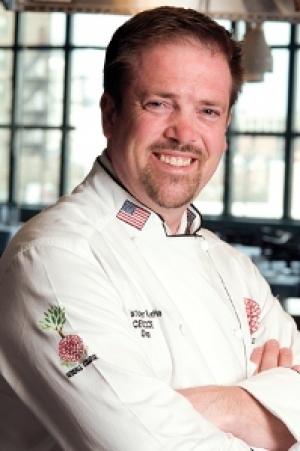
Learning to act sustainably requires a mindset change, and long-term thinking must replace short-term thinking. Teaching why sustainability is so important now and in the future will arm your graduates with the power to make sound ecological decisions.
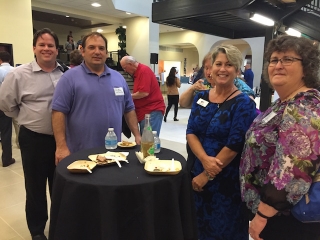
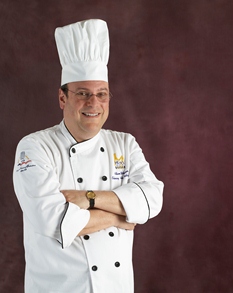 Telling people to be the best they can be allows them to quit striving whenever they want. To be the best in your field, however, one must always strive for the next level. This is the generations-long American Dream that we, as teachers, offer our students.
Telling people to be the best they can be allows them to quit striving whenever they want. To be the best in your field, however, one must always strive for the next level. This is the generations-long American Dream that we, as teachers, offer our students.
By Adam Weiner, CFSE
I would like to dedicate this article to my two mentors and instructors for my California Teaching Credential: Susan Clark and the recently passed Lee Clark.
In this article I would like to revisit two previously published articles.
The first article is “Assessing Culinary Math Skills,” September 2011. This article has received more than 3,500 hits, and is one of the most popular articles that I have written. It is a culinary-math assessment test that I believe should be utilized by all instructors within the first week of a student starting your class.
Sadly, I have noticed that in the four years since I first wrote this assessment, scores are dropping. Today, I had a new student ask me how to triple the first ingredient in a recipe. The first ingredient was “one cup of water.”
According to Mintel research, more than half of U.S. consumers think organic labeling is simply an excuse to charge more, and more than a third regard “organic” as a marketing term with no real value or definition.
Organics would seem tailor-made for shoppers seeking foods and beverages that are healthier for them, their families and the planet, but new research from Mintel reveals that Americans appear confused about the benefits of organics, with many perceiving the organic label as nothing more than an excuse to sell products at a premium.
Overall, the biggest selling point for organics is the perception that the products are healthier (72%)—much more so than any environmental or ethical reason. In fact, only 29% of consumers recognize that organic products are highly regulated, and 51% agree that labeling something as organic is an excuse to charge more. While sales of organic products are on the rise, actual consumer penetration has plateaued.
Organics Are Healthy, Right?
Overall, 72% of U.S. consumers purchase organic food and/or beverages for health or nutrition reasons, while slightly fewer (69%) factor environmental or ethical reasons in their purchase decision.
When looking specifically at female shoppers, this consumer group appears to choose products that avoid certain characteristics: 43% purchase them because they do not contain unnecessary ingredients or chemicals, and the same percentage do so to avoid food made with pesticides.
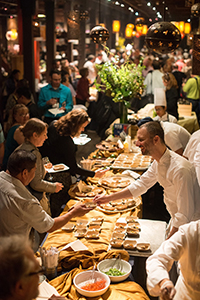 For 17 years, Worlds of Flavor in Napa Valley has been considered by the industry to be America’s most influential professional forum on world cuisines, food cultures and flavor trends. This year’s event didn’t disappoint.
For 17 years, Worlds of Flavor in Napa Valley has been considered by the industry to be America’s most influential professional forum on world cuisines, food cultures and flavor trends. This year’s event didn’t disappoint.
The trend to Asian tastes and techniques has been growing exponentially in the United States for years. It never came together with such enthusiasm and promise as it did at the 17th Worlds of Flavor® International Conference and Festival, held in April on the Greystone campus of The Culinary Institute of America in Napa Valley in front of an audience of more than 700 culinary, foodservice and hospitality professionals.
“The vastly varied cuisines of Asia are deeply rooted in traditions that have evolved over millennia,” said Greg Drescher, vice president of strategic initiatives and industry leadership at the CIA. “Today, American chefs are embracing and experimenting with what once was considered exotic. These foods and flavors are poised to continue their ascendance and become ever-bigger players in our national dining scene, whether it is in small independent restaurants, high-volume operations, food trucks or university cafés.”
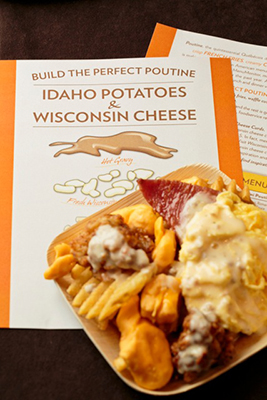
Versatile Idaho® Potatoes provide the canvas as culinarians get creative.
For a dish of humble Canadian origin, poutine—a savory amalgam of crispy French fries gilded with cheese curds, beef gravy and an optional egg—has quickly established a substantial presence on American menus.
A distinctive variation on loaded fries and an American quick-service favorite, poutines of all stripes are popping up in fast-food and casual-dining operations across the country, much to the delight and enjoyment of customers who enjoy their fries with a side of creativity.
Whether served as an appetizer or entrée, poutine is a popular dish that starts with a menu basic—crisp Idaho® potato French fries—and can absorb other standard menu ingredients with aplomb and style. For example, surplus short-rib orders make a rich, meaty gravy. Cheeses salvaged from salad and appetizer orders melt atop sizzling fries to offer an intriguing new flavor profile.
Finally, we’ve talked fries, but why stop there? Idaho hash browns, tots and country potatoes also provide an excellent foundation for a signature poutine.
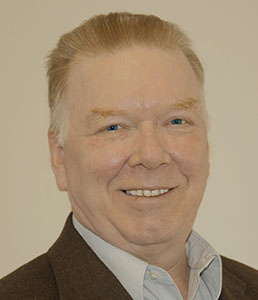 Real information power comes when operators begin to consolidate and review all their data, to reveal the complete picture they need to make better business decisions.
Real information power comes when operators begin to consolidate and review all their data, to reveal the complete picture they need to make better business decisions.
By Dave Bennett
Culinary educators know their students seek out the foodservice industry for many reasons: They simply love to cook, they excel in the high-energy foodservice environment and they see long-term career potential and an opportunity to make a name for themselves.
Few, if any, culinary students will profess they are in it for the statistics.
Minding the numbers goes beyond containing food or labor costs. Effectively leveraging restaurant information can be the key to profit and financial success. It can be the difference between driving defensively, stuck forever in the right lane, versus pulling away from gridlock to lead the competition.
There are three main reasons that operators should mind (and mine) their business data. This article will address two of those reasons; the third reason will be covered in the second article in this series.
#1: Information is power
Harnessing a restaurant business’ information can, and should, ultimately increase earnings. Information is power, power that can be converted into dollar signs. The trick is to learn how to put that information to its best use.
 In the award program’s inaugural year, two secondary and two postsecondary educators earned recognition for distinction in training professional cooks of tomorrow at the 11th-annual CAFÉ Leadership Conference in June.
In the award program’s inaugural year, two secondary and two postsecondary educators earned recognition for distinction in training professional cooks of tomorrow at the 11th-annual CAFÉ Leadership Conference in June.
Sysco, the world’s leading foodservice distributor, recognized four foodservice educators in the 2015 CAFÉ/Sysco Corporation Educator of the Year Awards at the 11th-annual Leadership Conference of the Center for the Advancement of Foodservice Education (CAFÉ), June 18 in Niagara Falls, N.Y.
“In our first year of supporting this new annual award that acknowledges the tremendous industry contributions of foodservice instructors throughout the United States, we were introduced to many genuinely gifted teachers,” says Neil Doherty, CEC, Sysco’s senior director of culinary development.
“All of them submitted amazing endorsements from their administrators, program and industry colleagues and former and current students—making the selection of only two award recipients and two runners-up from both high-school and college-level training programs extremely difficult. In the end, thanks to their extraordinary career accomplishments, four individuals stood out.” They are: